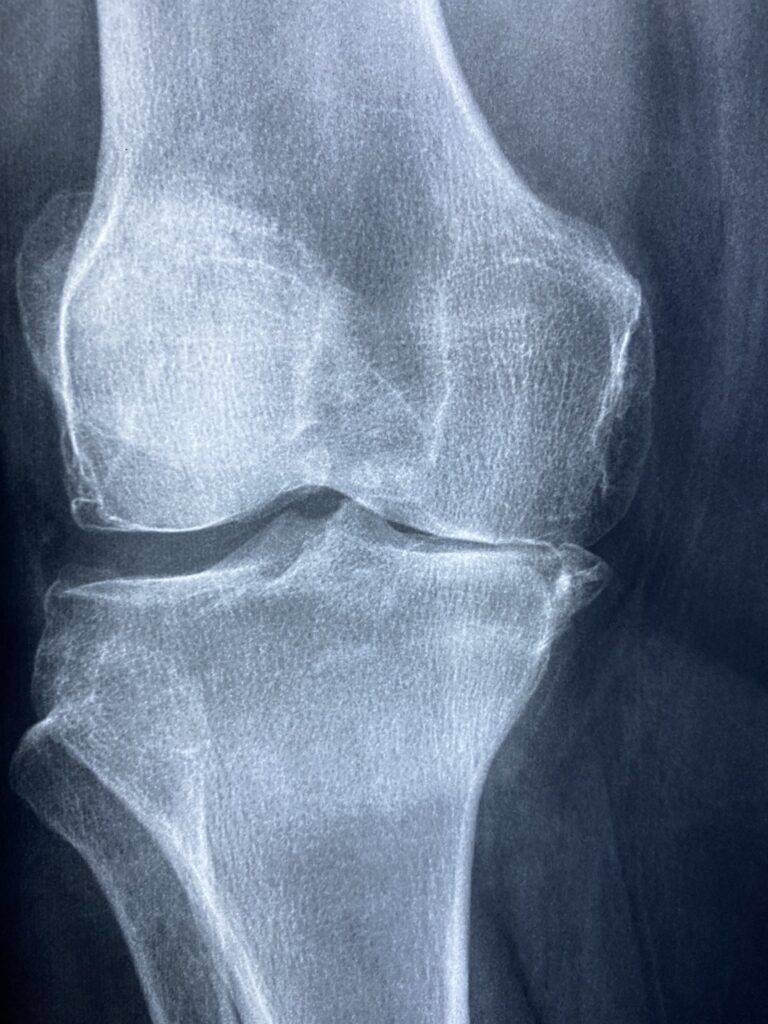1. What is Rickets? Rickets is a rare disorder that affects bone development in children, leading to soft, weak bones. It occurs primarily due to a deficiency in vitamin D, calcium, or phosphate, which are essential for bone mineralization.
2. Causes of Rickets:
- Vitamin D deficiency: Insufficient exposure to sunlight, inadequate dietary intake of vitamin D, malabsorption disorders, or liver or kidney diseases can lead to vitamin D deficiency, which is a primary cause of rickets.
- Calcium or phosphate deficiency: In rare cases, rickets may occur due to dietary deficiencies or conditions that impair the absorption of calcium or phosphate, such as certain genetic disorders or kidney diseases.
3. Symptoms of Rickets:
- Delayed growth: Children with rickets may experience slow growth or short stature.
- Bone deformities: Soft, weak bones can lead to skeletal abnormalities such as bowed legs, knock knees, curved spine (scoliosis), and prominent forehead (frontal bossing).
- Muscle weakness: Weakness or pain in the muscles and joints may occur due to poor bone mineralization.
- Delayed motor milestones: Children with rickets may have delayed crawling, walking, or other motor skills development.
- Dental problems: Tooth decay and delayed tooth eruption may occur as a result of poor mineralization of teeth.
4. Diagnosis of Rickets:
- Physical examination: A healthcare provider may perform a physical examination to assess for signs of bone deformities, muscle weakness, or delayed growth.
- Blood tests: Blood tests can measure levels of vitamin D, calcium, phosphate, and alkaline phosphatase to diagnose deficiencies or abnormalities.
- X-rays: X-rays of the bones can reveal characteristic changes such as widened growth plates, thinning of bones, or skeletal deformities.
- Bone biopsy: In rare cases, a bone biopsy may be performed to evaluate bone mineralization and rule out other conditions.
5. Treatment of Rickets:
- Vitamin D supplementation: Treatment typically involves vitamin D supplementation to correct deficiencies and promote bone mineralization. Depending on the severity of the deficiency, high-dose or long-term supplementation may be necessary.
- Calcium and phosphate supplements: In cases where calcium or phosphate deficiency is present, supplements may be prescribed to support bone health.
- Sun exposure: Safe exposure to sunlight can help stimulate the production of vitamin D in the skin. However, caution should be taken to avoid overexposure and sunburn.
- Dietary changes: Consuming foods rich in vitamin D, calcium, and phosphate, such as fortified dairy products, fatty fish, eggs, and leafy greens, can help prevent deficiencies.
- Management of underlying conditions: Treatment of underlying conditions contributing to rickets, such as malabsorption disorders or kidney diseases, may be necessary.
6. Prevention of Rickets:
- Adequate sunlight exposure: Spending time outdoors and exposing the skin to sunlight can help the body produce vitamin D. Aim for moderate sun exposure while taking precautions to prevent sunburn.
- Balanced diet: Consuming a balanced diet rich in vitamin D, calcium, and phosphate is essential for bone health. Include foods such as fortified dairy products, fish, eggs, and leafy greens in your diet.
- Vitamin supplements: In cases where dietary intake or sun exposure is insufficient, vitamin D supplements may be recommended, especially for at-risk populations such as infants, children, pregnant women, and older adults.
7. Conclusion: Rickets is a rare but preventable condition characterized by soft, weak bones in children, primarily due to deficiencies in vitamin D, calcium, or phosphate. Recognizing the signs and symptoms of rickets and addressing underlying deficiencies through supplementation, dietary changes, and safe sun exposure are crucial for preventing and treating the condition. Regular consultation with a healthcare provider is essential for proper diagnosis, treatment, and management of rickets, especially in at-risk populations.




